When Tom Walkinshaw decided he might like to own a Ferrari 456 GT for day-to-day driving, somehow it didn’t seem right for someone at the heart of the British car and motor racing industries to drive an Italian front-engined coupé. After all, Walkinshaw’s preparation company, TWR Racing, had designed and engineered the Aston Martin DB7.
Then a solution dawned. Why not put a familiar car (the DB7) and a familiar engine (TWR’s development of the Jaguar V12) together?
Work began in 1994. TWR’s engine, body and suspension experts thrashed out the spec, using one of TWR’s development cars as a donor. Work was fitted in between ‘paid’ projects.
They used an overbored 6.0-litre block, taken to 6.4, with a specially made steel crankshaft and purpose-designed four-valve-per-cylinder heads, their twin camshafts per bank worked by a unique chain drive system. Claimed power was 475bhp at 6000rpm, supported by 470lb ft of torque at 4500rpm.
Power went through a twin-plate AP Racing clutch with a six-speed Borg Warner T56 gearbox behind it. The ’box had an enormously tall top gear, which gave the Walkinshaw V12 an estimated top speed of 182mph at 5300rpm. The chassis was retuned and design boss Ian Callum made detail changes to the exterior. Walkinshaw had driven almost 10,000 miles in it when Steve Cropley was invited to drive it in the autumn of 1996.
“The engine is smooth and gentle when it starts,” wrote Cropley. “Slotting into first needs little movement but plenty of effort of left leg and arm, because the gearbox has a quick shift, and the AP clutch is as heavy as you’ll find in a road car. It’s progressive, though. If you give the engine 1500rpm and let the clutch in, the whole thing will murmur away as easily as you like.
“Time to try the power: it’s enormous. In first and second gears, full noise, there isn’t much point in taking your hand off the gearlever. The needle is into the red-marked sixes as quickly as you can think, engine at first emitting a delicious single-tone yowl that develops into a chord as the tacho zips past 4000rpm. There can be wheelspin in first and second, if you deem it, huge tyres and limited-slip diff be damned.
“But you get a real perception of the car’s performance when you come up for air in third, and flash from 60mph to 90mph in three seconds or so. The car has so much torque that at 80mph in third, at full noise, it still feels on the verge of wheelspin. It probably isn’t, but only because of the superb Yokohamas.
“We had to find an airfield to prove that the performance soared upward and onward. In fourth and fifth, the car remains amazingly muscular. And even in sixth it will accelerate strongly from 2000rpm. Or 70mph.
“Amazingly, the engine isn’t this car’s best point. For me, it’s the brakes. If I owned this car, I’d have to accelerate all the time, just to feel it stop. The chassis is great, too. The car is very firmly in 456 territory for steering, handling and ride – and I handed it back with the deepest pangs of regret.”
The prospect of a special run of TWR-fettled V12-powered DB7s was dismissed, but Cropley reckoned this one-off indicated that the DB7 V12 Vantage – still in the planning stages – could be a mighty car.
“The TWR Aston V12 makes a fascinating point about the DB7. It proves the car responds brilliantly to extra power and more chassis development,” he said.
Previous Throwback Thursdays
4 March 1899 - Steam, electric or combustion engine?
26 June 1906 - The first French Grand Prix
9 July 1907 - The beginning of Brooklands
14 February 1913 - 100 miles in one hour
8 April 1916 - Making post-war predictions
25 March 1922 - Caterpillar tracks are the future
4 July 1925 - Citroën lights up the Eiffel Tower
28 September 1928 - Engine tech takes a great leap forwards
2 February 1934 - The ethics of skidding
6 July 1934 - A tour of Cowley
1 June 1935 - Introduction of the driving test
22 June 1945 - Driving through post-WW2 Europe
21 January 1949 - Tidier tails
25 August 1950 - The evolution of transmissions
27 April 1951 - Frankfurt hosts its first motor show
24 April 1959 - Aston Martin enters Formula 1
16 September 1960 - The beginning of MOT tests
28 October 1960 - Economy driving 1960s style
27 January 1961 - Ford Thunderbird road test
17 November 1961 - TVR Grantura road test
10 September 1965 - The birth of modern Audi
19 August 1966 - Four-wheel drive on test
6 May 1971 - Driving Ford's Supervan
12 June 1976 - Cars for under £100
10 July 1976 - Land's End to John O'Groats on one tank
8 October 1977 - Music on the move
13 May 1978 - Ferrari 512 BB road test
14 November 1979 - Mazda RX-7 road test
19 January 1980 - Talbot Horizon road test
13 February 1982 - 4x4s tested on the farm
3 December 1983 - GM's Mini for the 1980s
17 April 1985 - Secrets of a lost British supercar
4 September 1985 - Ford's electronic test bed
15 August 1990 - Giugiaro's vision of a 1990s Jaguar
11 November 1992 - Green light for Jaguar's new E-Type
28 April 1993 - BL's unseen concepts
16 March 1994 - Bentley's Concept Java
16 April 1997 - When Bugatti bit the dust
11 October 2000 - BMW X5 Le Mans
4 April 2001 - 0-260mph in 6.0 seconds



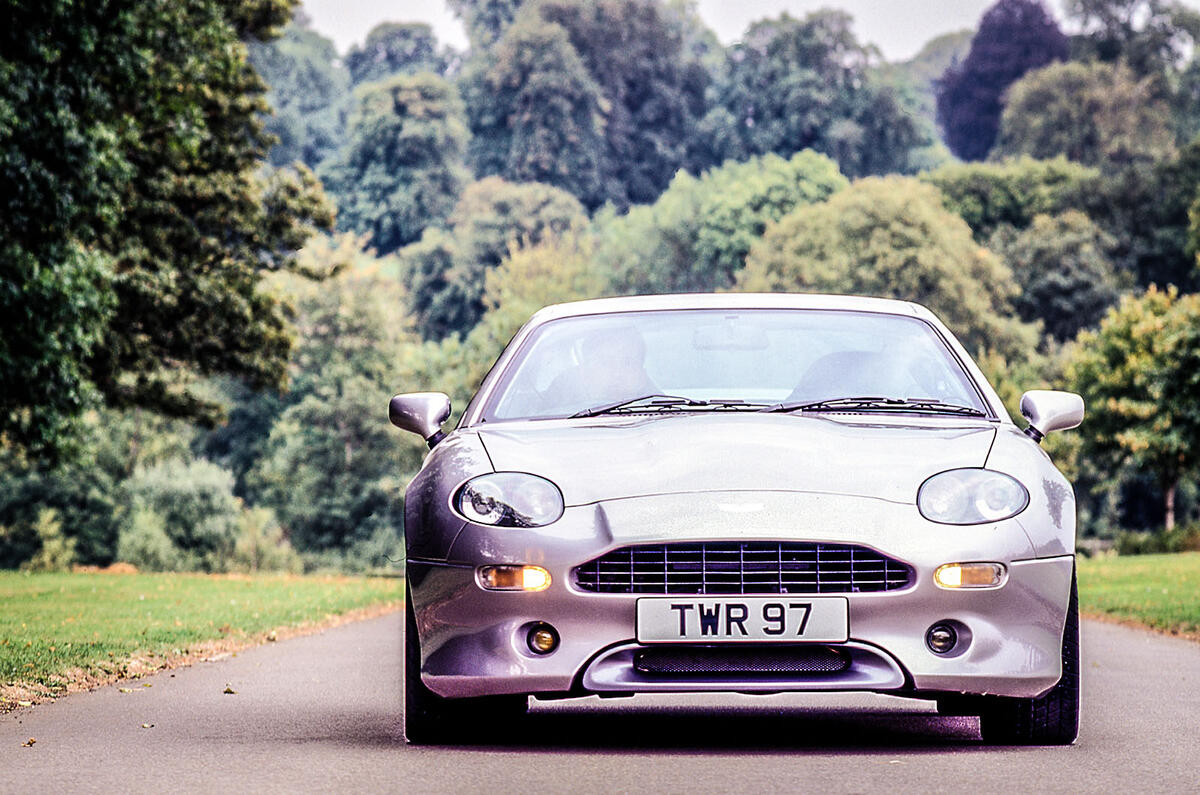
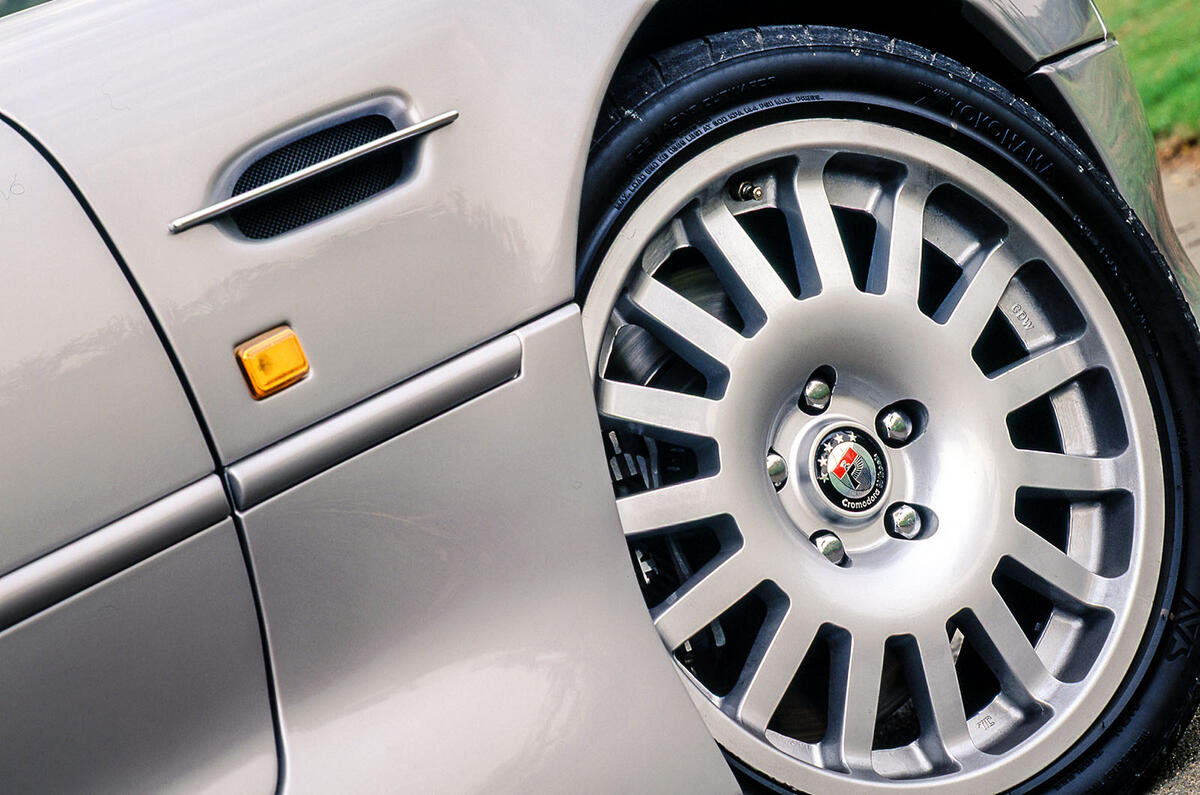
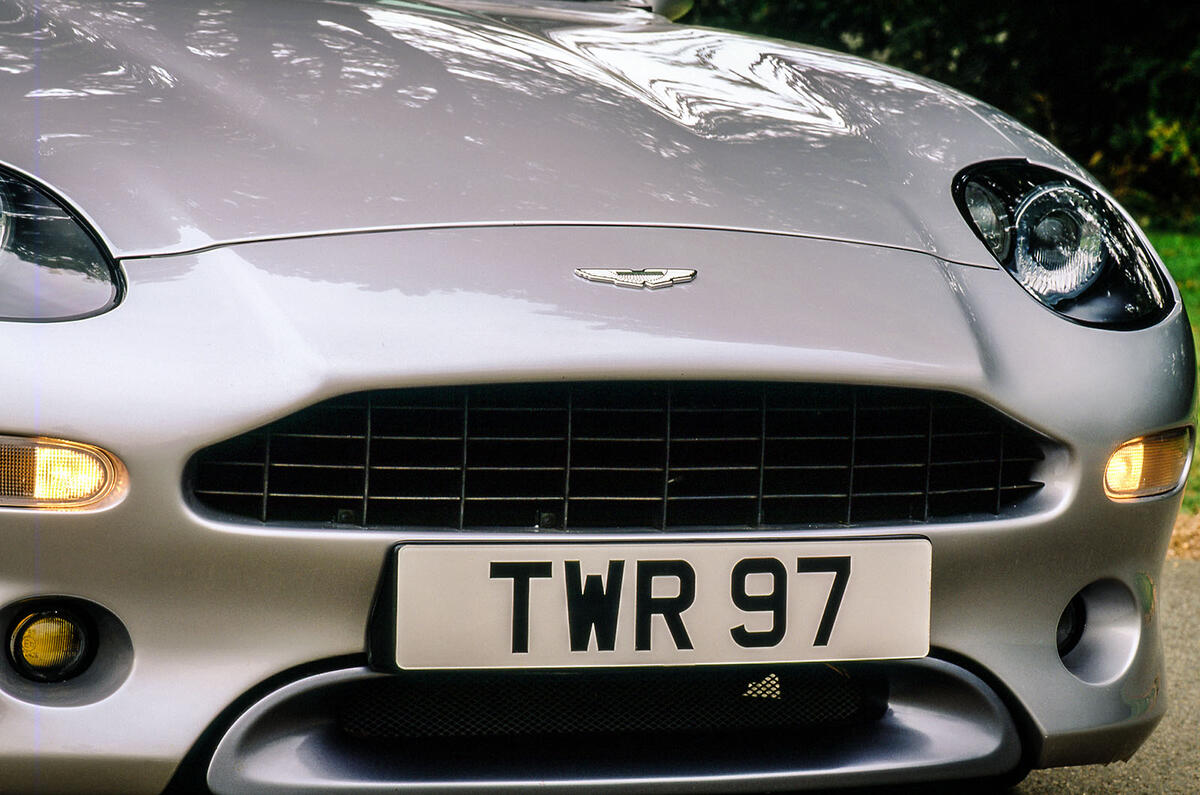
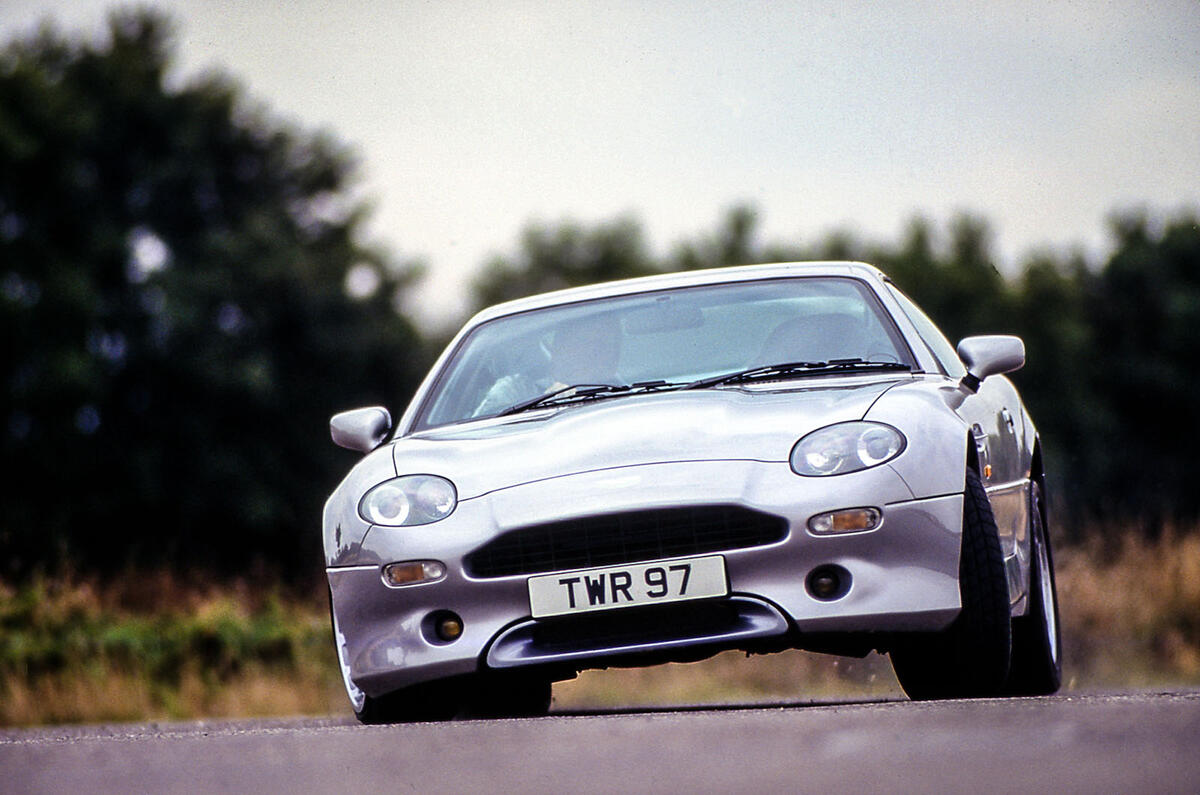
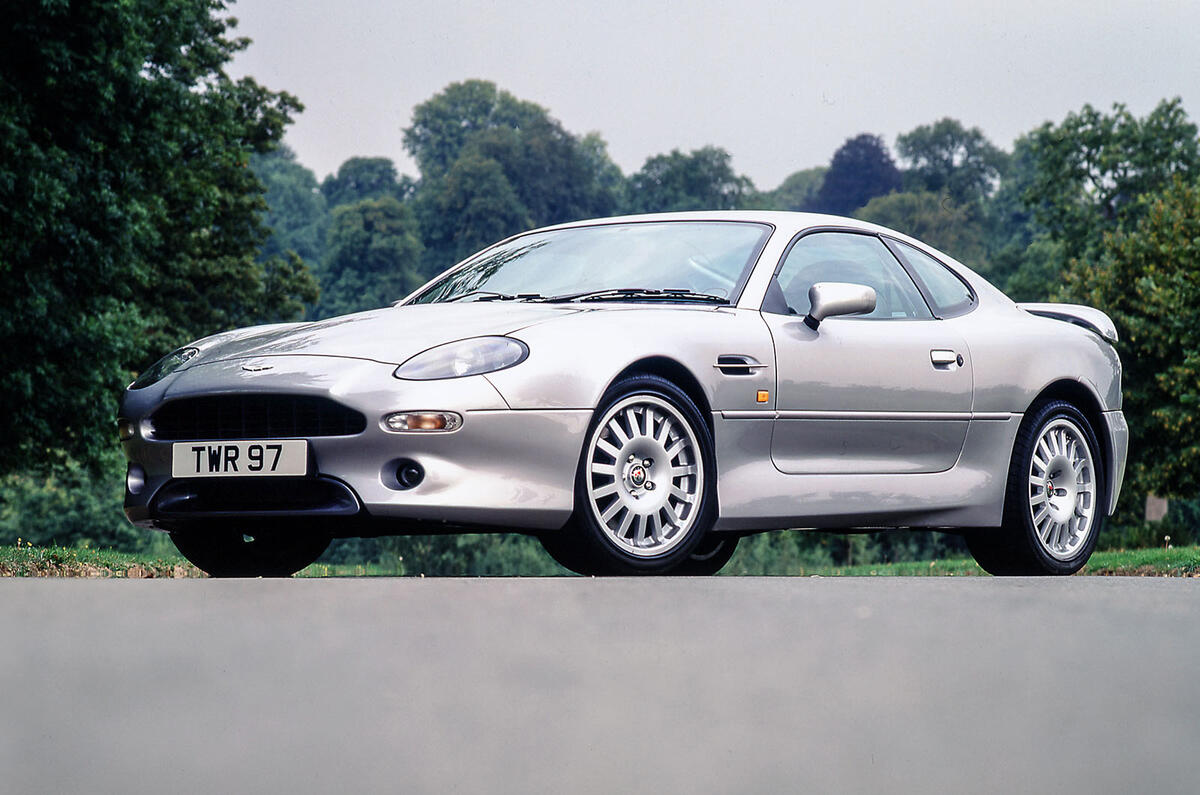
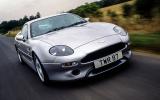
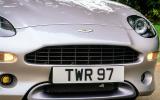

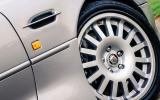
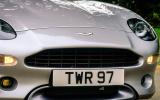




Add your comment